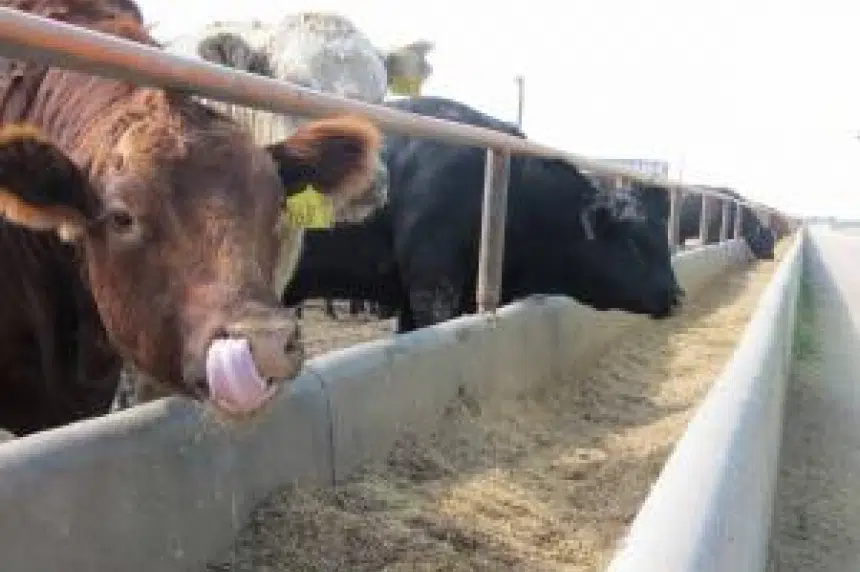Grant Barnett has seen a lot in his years, but never a summer like this for producers in Saskatchewan.
The Heartland Livestock Services manager said he’s seeing three to four times as many cattle selling as there should be for this time of year.
“The grass is dried right up and the water situation in certain spots is getting tough,” Barnett explained. “There’s just nothing for them to eat this year. There’s no feed.”
Drought conditions have severely restricted the growth of feed in Saskatchewan and other prairie provinces. Barnett said there’s little to no feed for cattle to be found. What little is available is three times the price.
“They’re running out of grass,” Barnett said. “Nothing grew … It’s getting to be hard to justify paying that much to feed them.”
Barley prices have also tripled in the past year.
Barnett serves a 120- to 180-mile radius around his Moose Jaw location. It has been a busy summer for his location, but he’s predicting a tough winter ahead for Manitoba, Saskatchewan and Alberta.
“Our dryness is such a big area this year,” Barnett said. “The further west, the worse it is.”
The drought conditions are translating into big hits for producers in Saskatchewan. Barnett predicted huge reductions in cow herds across the prairies by the end of autumn.
“People will sell their calves and the cows will come right behind them, and that’s (producers’) whole livelihood,” he said. “They’ve got no choice. You’ve got to be able to feed (the cattle), and if you can’t feed them, you’ve got to sell them.”
In past years where the weather has been hot and dry, Barnett said producers could look east to Manitoba farmers for assistance. But dryness in neighbouring provinces has made aid unlikely from any direction.
“Manitoba’s dried right out,” Barnett said. “There’s no feed to buy.”
The animals for sale are coming from every direction, headed for slaughter, and moving quickly. Barnett said his services are so ahead of schedule, the auction house might be closed as early as November this year.
A handful of calves are already showing up for sales that Barnett said shouldn’t have appeared for the next six weeks.
“If there’s anything wrong with them or anything, they’re bringing them to town. There’s no excess meat out there anywhere,” he said.
“(Producers) don’t know what to do … There’s not really an answer out there right now.”
— With files from 980 CJME’s Lisa Schick











